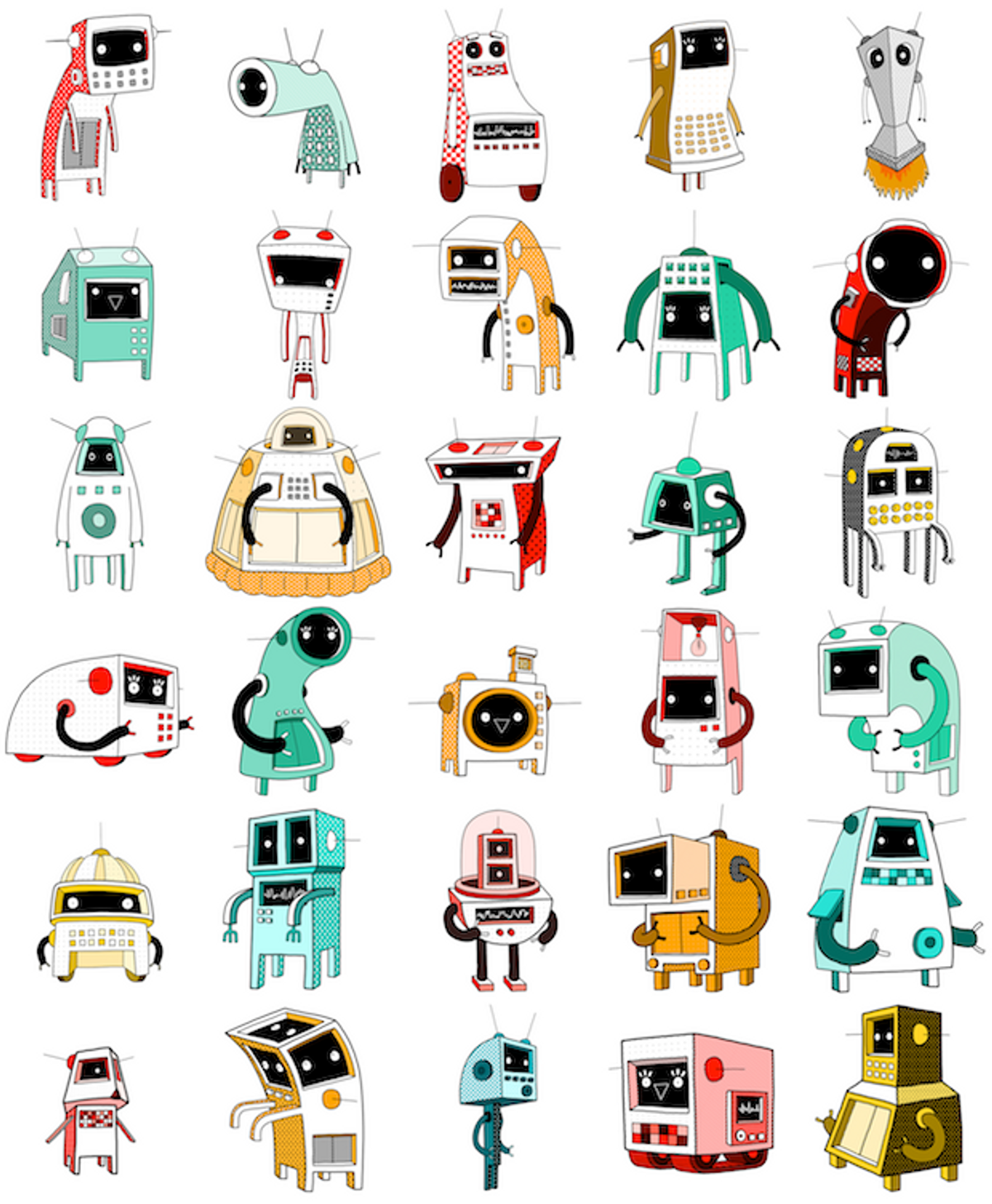Robot love is in the air. And so is Robo Raven. And RoboBees, too. Video Friday is taking off!
This week University of Maryland researchers introduced a new robotic bird called Robo Raven. Its individually controlled flapping wings allow acrobatics like back flips and dives, which the researchers say were previously not possible with mechanical birds. And though Robo Raven's appearance is not as realistic as FESTO's SmartBird, it's good enough to fool Mother Nature. Check out the Hawk attack at 1:49.
Thanks, Ted!
We've seen Harvard's RoboBee, one of the world's smallest flying robot, in action before. But it wasn't a "controlled flight," as its creators describe a video released this week. The little robot, half the size of a paperclip and only 10 grams, is made of composite structures and powered by piezoelectric actuators. In the video, it flaps its miniature wings and hovers in midair (it's still tethered to an off-board power source). Why build a robot insect like that? Because it's awesome, of course. But the researchers also say it helps them to study flight dynamics of actual animals and insects, some of which are capable of extremely unique and agile flight maneuvers that humans can barely comprehend.
[ EurekAlert ]
iRobot posted a new video this week showing the robot hand it created as part of the company’s work under DARPA's ARM program, which seeks to create robotic manipulators that can be useful across a wide variety of applications. iRobot's three-fingered manipulator, built in collaboration with Harvard and Yale, is designed to be low-cost, robust, compliant, and dexterous. iRobot says the focus is on function rather than trying to mimic a human hand. The hand is powerful enough to pick up a basketball, power tools, and a 23-kg (50-lb) weight. And yet it can also grasp small things like credit cards and keys—and even use a tweezer!
Thanks, Charlie!
Robots are getting better at manipulation (as the video above demonstrates), but they still have to be careful in avoiding contact. Think of a robot reaching into a cabinet or bag full of stuff. Contact is unavoidable, and robots need to learn how to deal with that. Georgia Tech researchers showed in a new video a promising approach to make robots able to intelligently maneuver their arms within clutter, gently making contact with objects while performing a task. The group says the new control strategy (all hardware and software used are open source) has applications in search-and-rescue operations and assistive robotics for people with disabilities. In the video, you can see a MEKA arm using the new approach to reach within a cluttered space and also a man with quadriplegia using a PR2 to pull a blanket over himself and grab a cloth to wipe his face.
[ Georgia Tech ] via [ The New York Times ]
DigInfo has a report on how Tokyo Institute of Technology researchers are advancing object recognition. They've developed software, based on the SOINN machine learning algorithm, that browses images on the Web to learn and improve its recognition capabilities. When presented with an object it doesn't yet know, the system uses image searches to find other images of that object, using those to learn about the object's characteristics and add it to its database. The researchers plan to use the system in humanoid robots, to help them better navigate and perform tasks in human environments.
[ DigInfo News ]
If (when?) the Singularity happens, and if (when?) humans are replaced by robots, what will happen to . . . love? Will robots love each other? Animator Andy Martin created a short to explore that scenario. This is the latest animation in Martin's "The Planets" series. You can follow the progress of his projects at https://illustratedaliens.tumblr.com and https://vimeo.com/channels/theplanets.
[ Andy Martin ]
The FIRST finals took place last week in St. Louis, drawings thousands of students from all over the world. This year, rather than playing a game using balls, the robots had to shoot discs into slots. As usual, it was pretty wild and everyone seemed to be having a blast (and not just because will.i.am stopped by). No wonder some call FIRST the "Superbowl of the Mind."
[ AP ]
Image: Andy Martin
Erico Guizzo is the director of digital innovation at IEEE Spectrum, and cofounder of the IEEE Robots Guide, an award-winning interactive site about robotics. He oversees the operation, integration, and new feature development for all digital properties and platforms, including the Spectrum website, newsletters, CMS, editorial workflow systems, and analytics and AI tools. An IEEE Member, he is an electrical engineer by training and has a master’s degree in science writing from MIT.



